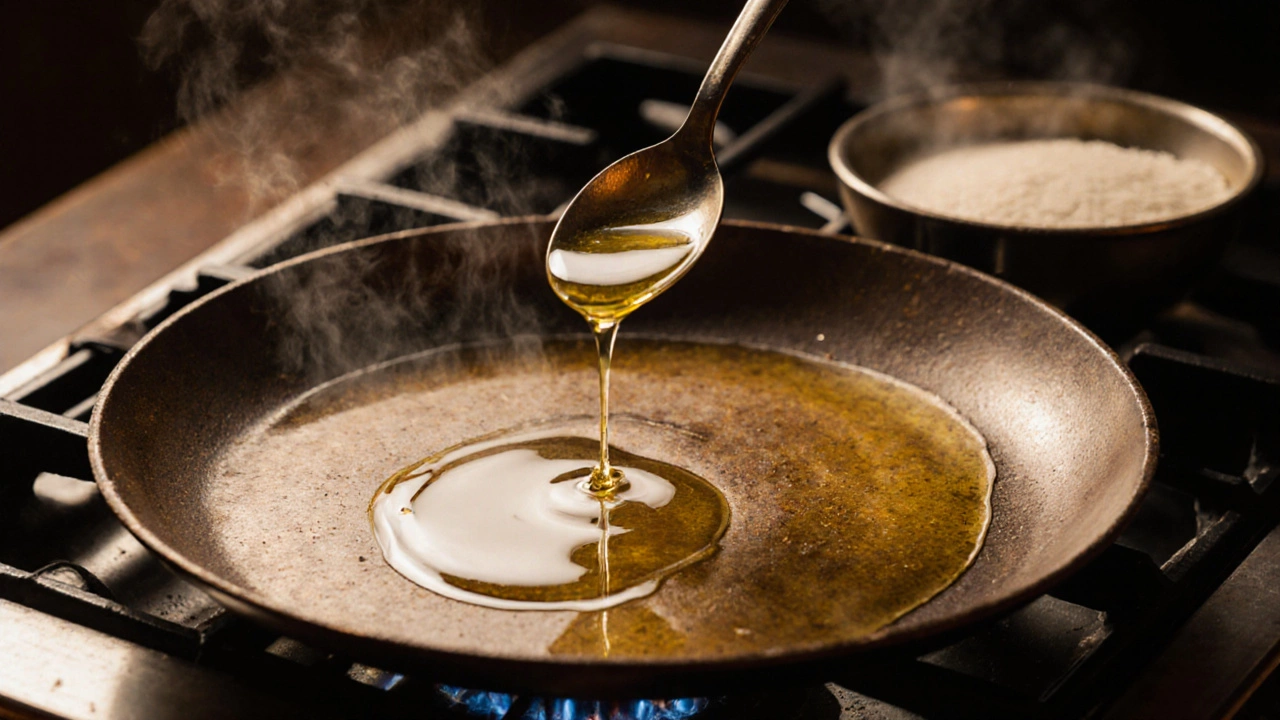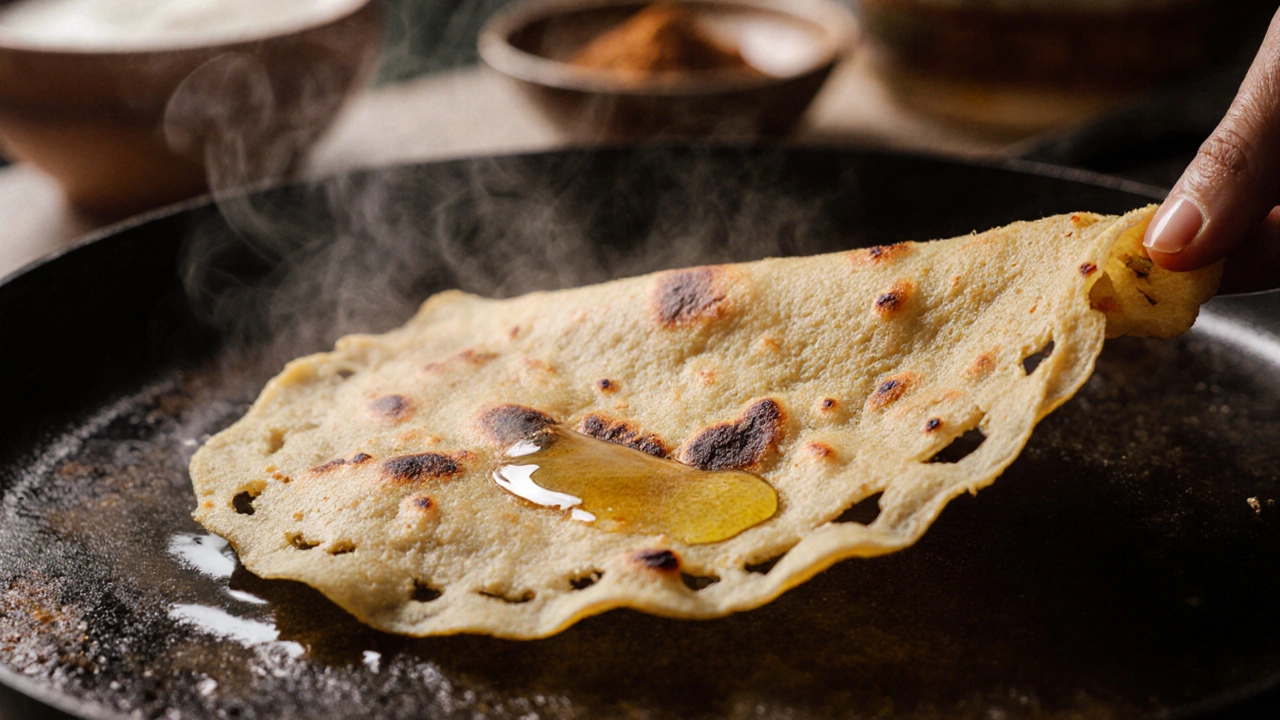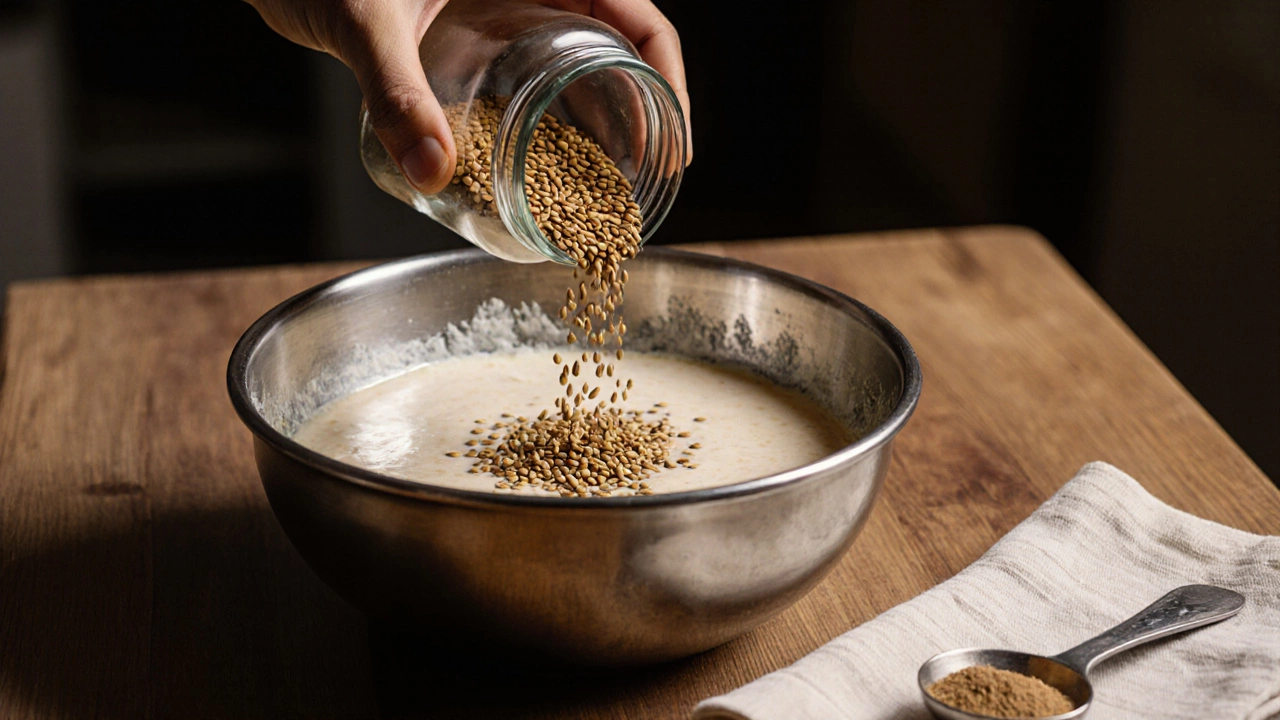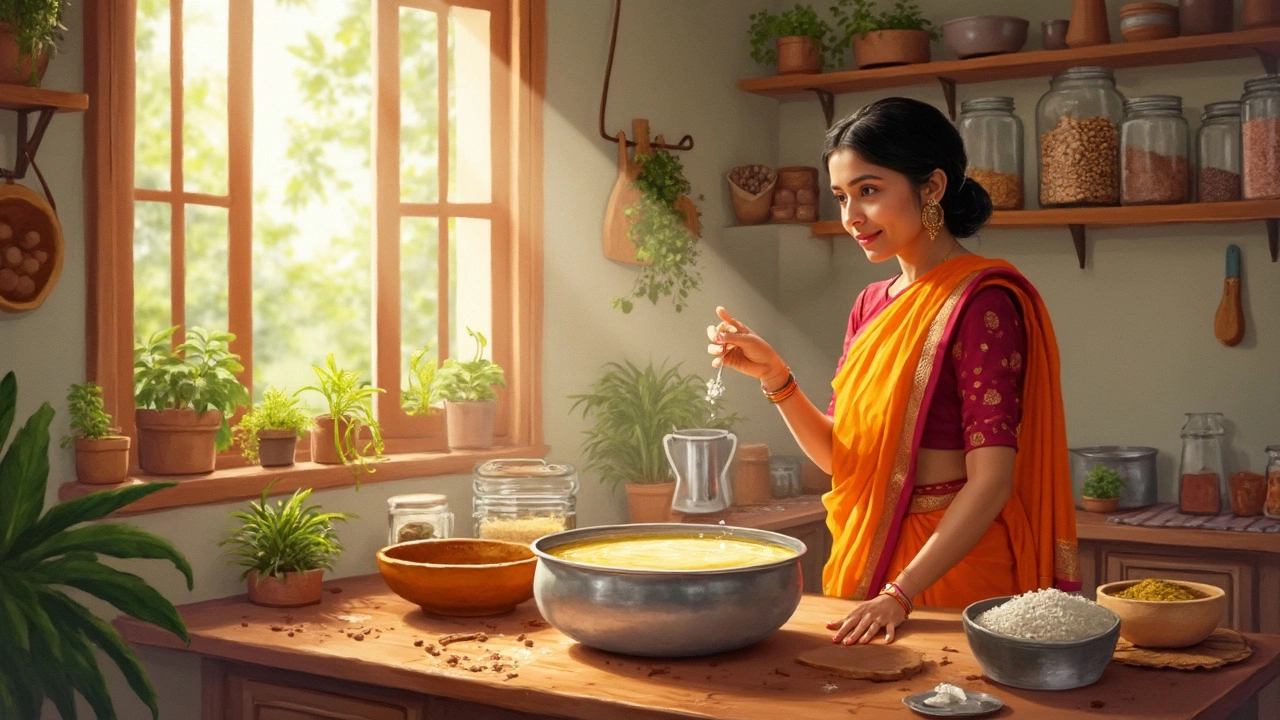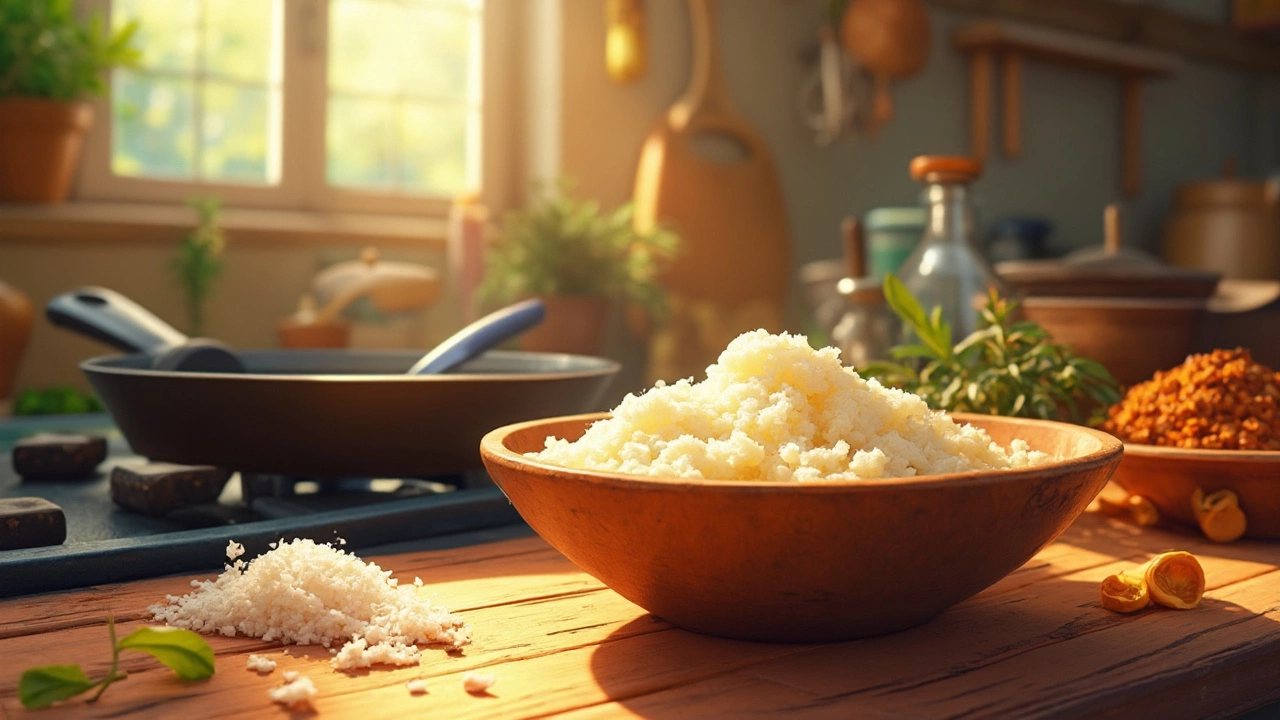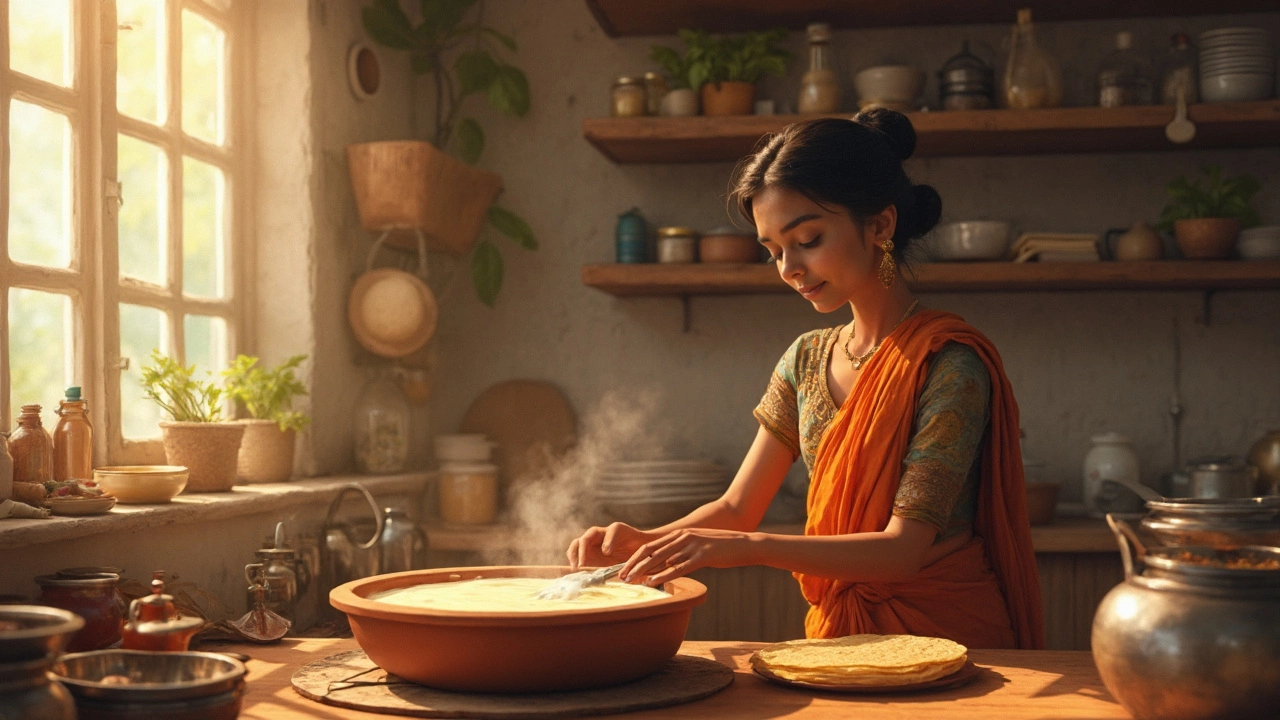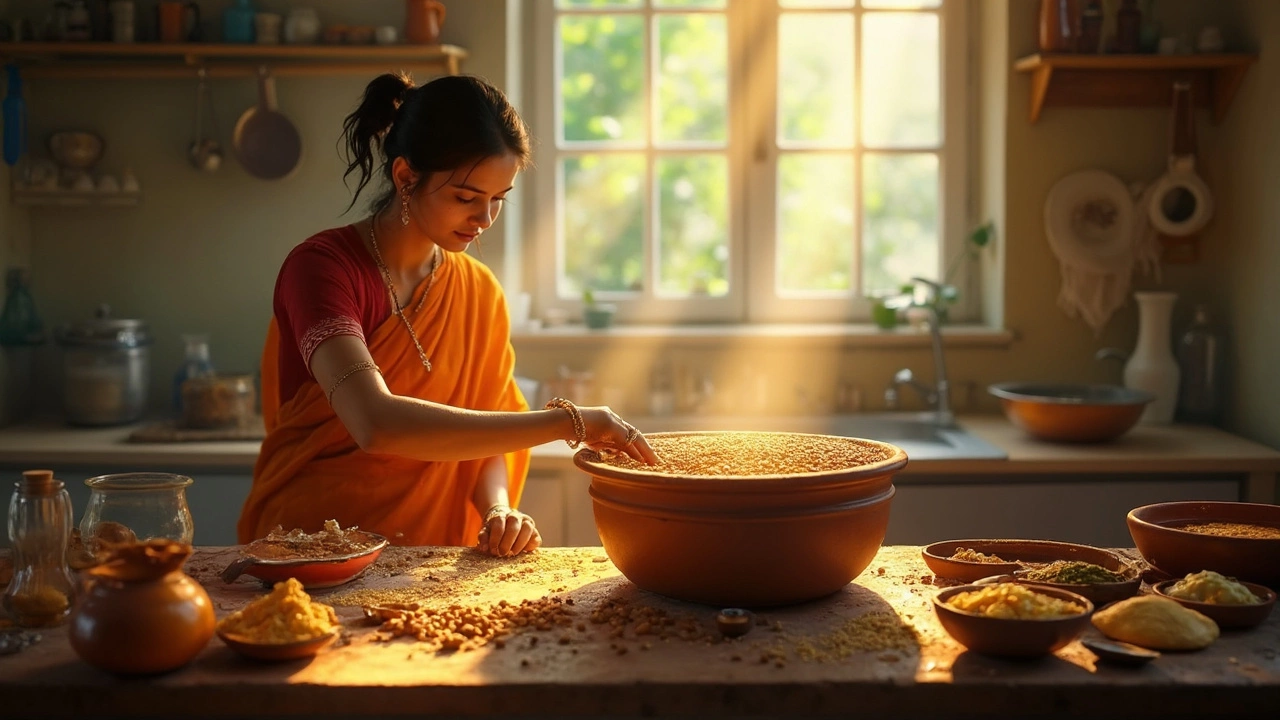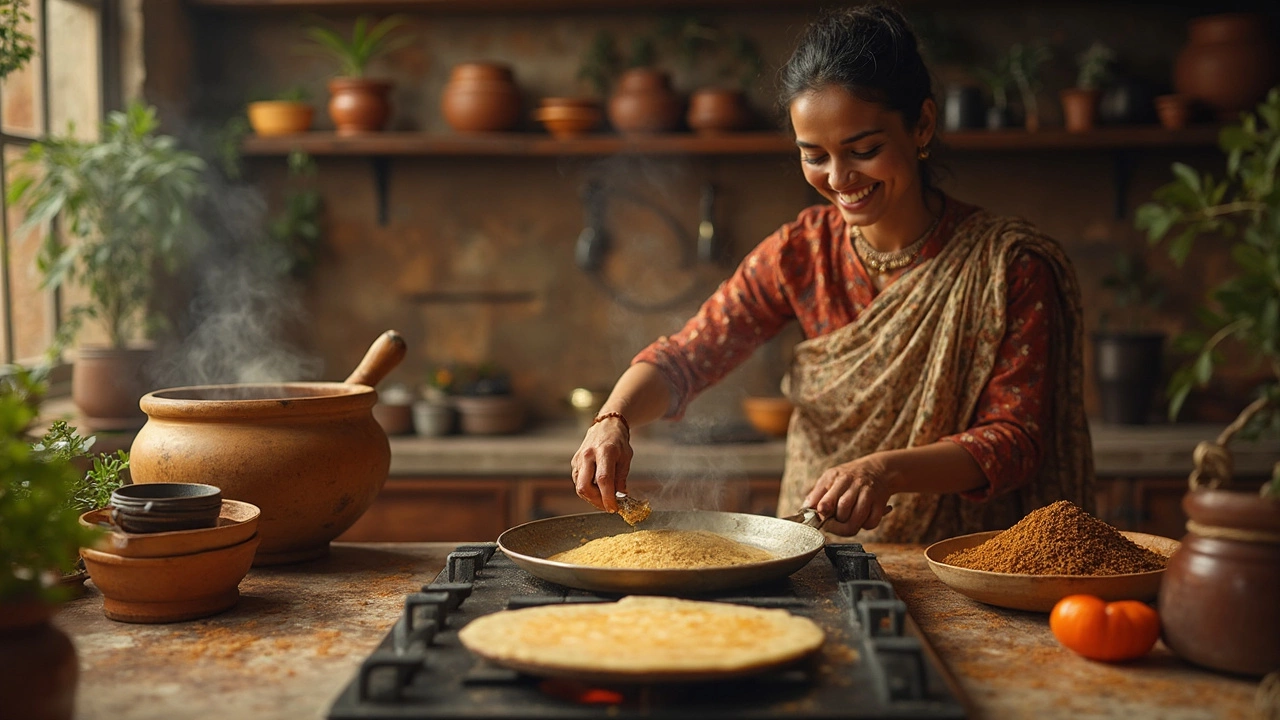Dosa Recipes – Your Guide to Fluffy, Crispy Crepes
If you love the crackle of a hot dosa on a Sunday morning, you’re in the right place. This page gathers the most useful tips and tricks to help you make perfect dosas without guesswork. Whether you’re just starting or have been flipping dosas for years, the information below will save you time and frustration.
Master the Dosa Batter
The batter is the heart of every dosa. A common question is how thick the mixture should be. Too thick and the dosa stays soggy; too thin and it spreads like a paper‑thin crepe. Aim for a consistency that runs off a ladle slowly but still holds its shape on the pan. You can adjust with a little water or extra rice flour – just add a tablespoon at a time.
Salt does more than flavor the batter; it influences fermentation. Adding a pinch of salt early helps the wild yeasts work faster, giving you a slightly sour taste and better rise. Too much salt can slow the process, so stick to about a half‑teaspoon per cup of rice.
Some cooks swear by a pinch of baking soda to get extra fluff. Baking soda releases carbon dioxide when the batter hits the hot pan, creating tiny air pockets that make the dosa lighter. Use it sparingly – about ¼ teaspoon for a full batch – or you’ll end up with a strange taste.
Urad dal (black gram) is the traditional lentil used in dosa batter. Soaking it properly is key. Aim for 4–6 hours; the beans should swell and become soft, but not mushy. This soaking time ensures the dal grinds into a smooth paste, which contributes to the dosa’s crisp edges.
If you want a richer texture, increase the urad dal proportion. More dal adds protein, which improves fermentation and gives the dosa a slightly softer interior. Just keep the overall water ratio the same to avoid a runny batter.
Quick Hacks for Perfect Dosas
Temperature matters. Heat the pan medium‑high until a few drops of water sizzle and evaporate instantly. Too low and the dosa will stick; too high and it will burn before the center cooks.
Spread the batter in a circular motion using the back of a ladle. A thin, even layer cooks faster and turns golden brown in seconds. If you prefer a thicker dosa, let it sit a minute longer before flipping.
When flipping, use a thin, flexible spatula. Gently lift the edge, slide the spatula under, and flip in one smooth motion. The dosa should release easily if the pan is hot enough and the batter is the right thickness.
For a crispier finish, drizzle a few drops of oil or ghee around the edges right after spreading. The fat seals the surface, giving that satisfying crunch you love.
Finally, don’t waste leftover batter. Store it in a clean jar in the fridge for up to two days. The batter will keep fermenting slowly, making tomorrow’s dosas even tastier.
Explore the articles linked below for deeper dives into each tip. From the science behind baking soda to the exact urad dal soaking time, you’ll find everything you need to level up your dosa game.
Best Oil for Dosa: Perfect Crispiness and Flavor Every Time
Find out the best oil for dosa to get perfect crispiness and authentic flavor. Learn why refined coconut oil wins, what alternatives work, and which oils to avoid for the best dosa every time.
Best Oil for Dosa: Which One Gives You Crispy, Golden Results Every Time
Discover the best oil for dosa to achieve crispy, golden results every time. Learn why coconut and groundnut oil win over olive oil and butter, plus pro tips on heat, quantity, and storage.
Why Fenugreek Is Added to Dosa Batter - Benefits, Flavor & Tips
Discover why fenugreek is added to dosa batter, how it boosts fermentation, flavor and nutrition, and get practical tips for perfect dosas every time.
Why Is Baking Soda Added to Dosa Batter? Science & Tips Inside
Ever wondered why some dosa batters get a pinch of baking soda? This article digs into the role of baking soda in dosa batter, from texture benefits to handy tips for getting perfect dosas at home. We'll break down how it works, when to use it, and what happens if you go overboard. If you want softer, crispier dosas, you'll find simple science and kitchen secrets here. Get ready to level up your dosa game without any jargon or confusion.
Salt's Role in Dosa Batter Fermentation
Discover how adding salt can affect the fermentation of dosa batter. Learn whether salt hinders or helps fermentation, and uncover practical tips for making the perfect dosa. This article explores the science behind the fermentation process and provides insights to achieve the best results in your kitchen.
Should Dosa Batter Be Thick or Thin? Finding the Perfect Consistency
Finding the right consistency for dosa batter can make or break your dosa-making experience. Should it be thick like pancake batter or thin like crepe? This article explores the science behind dosa batter, highlights why consistency matters, and provides tips on how to adjust your batter for perfect dosas. Get hands-on advice to troubleshoot common issues and enhance your dosa-making skills.
How Long Should You Really Soak Urad Dal for Delicious Dosas?
Making the perfect dosa starts with knowing how long to soak urad dal. This article unpacks the ideal soaking time and shares why soaking is crucial for great batter. Get practical tips to enhance your dosa-making skills, including some secrets from experienced cooks. Discover how the right soak can transform your homemade dosa into a true delight.
More Urad Dal in Dosa Batter: How It Changes the Game
Ever wonder what happens if you tweak the dosa batter by adding more urad dal? Discover how the texture, taste, and health benefits change with this simple adjustment. Get tips and insights into how this affects fermentation and cooking. Try it out to level up your dosa game!
